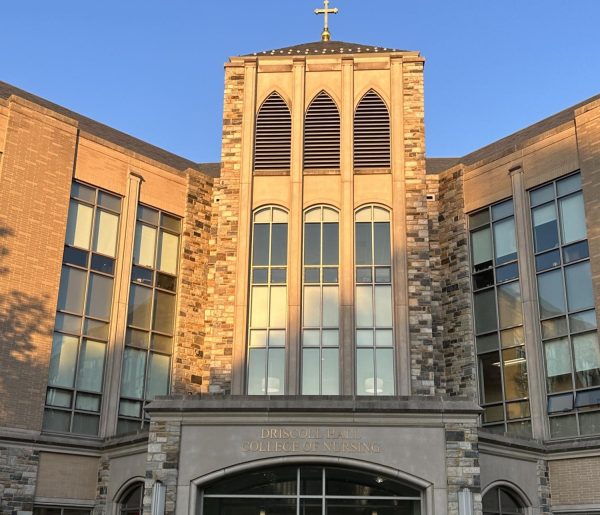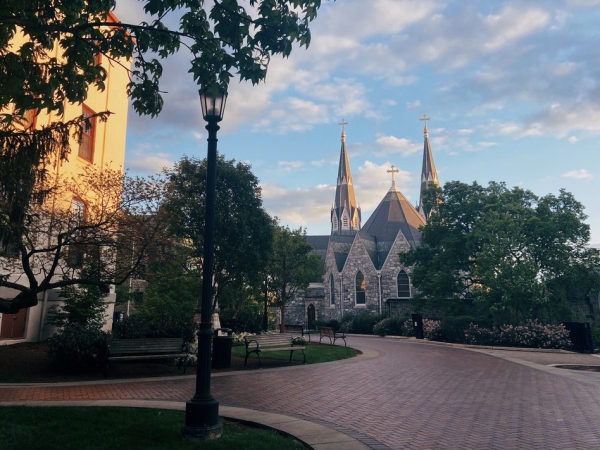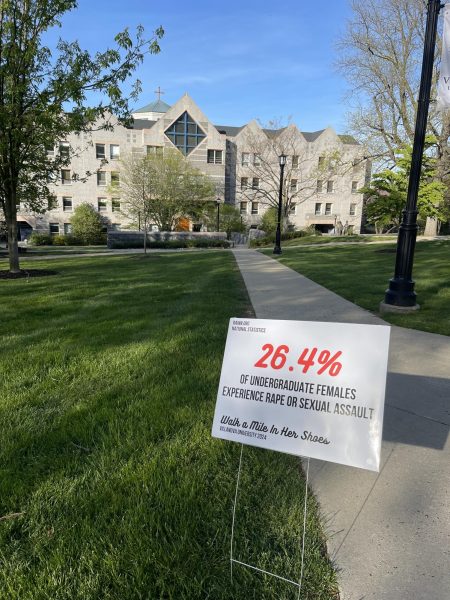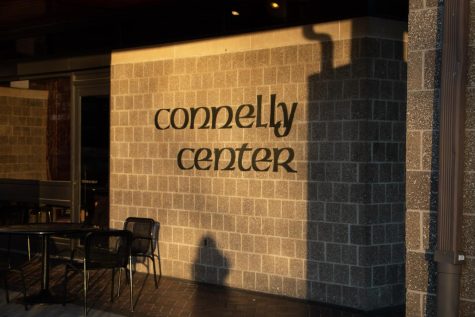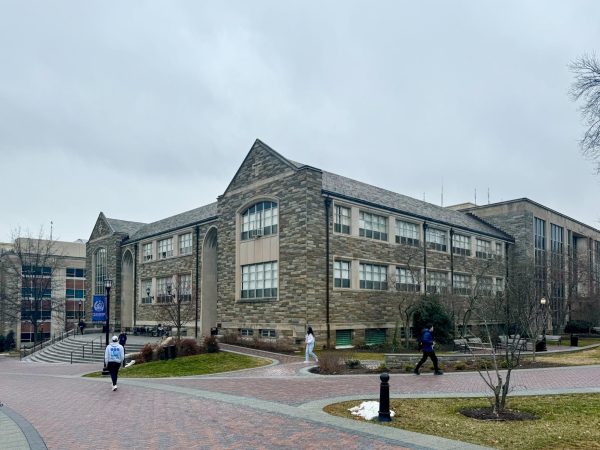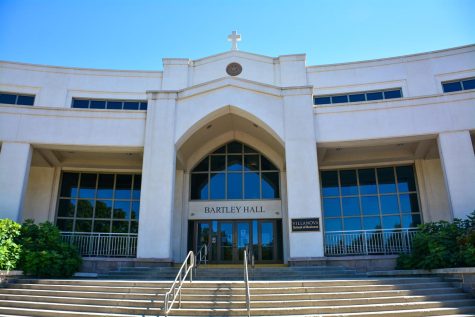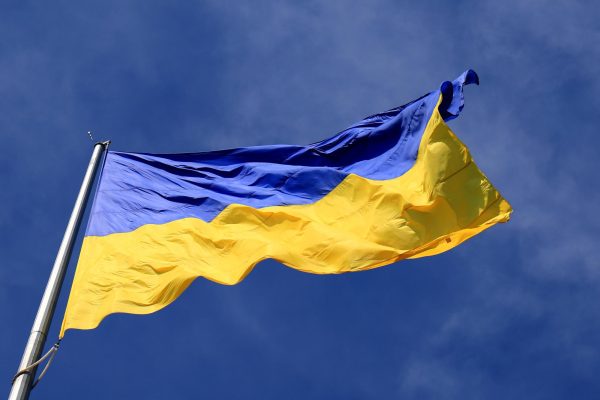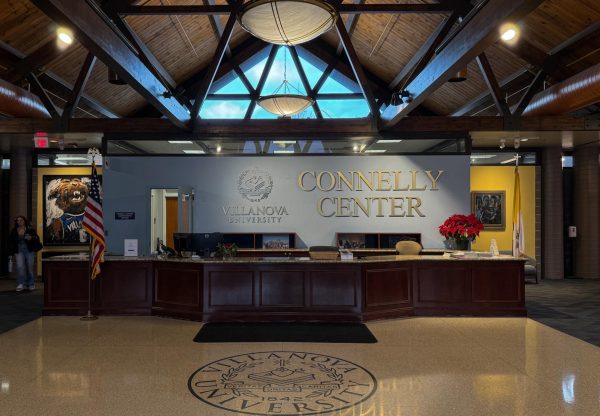Students React to Student Loan Debt Relief
October 26, 2022
In August of 2022, President Joe Biden announced his plan to cancel up to $20,000 in debt for students who borrow loans. As of Oct. 17, 2022, the application is finally open, offering possible relief to millions of people across the country. With news of this plan spreading across college campuses nationwide, questions are being raised. Most importantly, who qualifies?
This relief plan offers forgiveness of up to $10,000 of debt for borrowers who make less than $125,000 a year and married couples or heads of households who make less than $250,000 (as of 2020 or 2021). Pell Grant recipients are eligible for up to $20,000. Loans that are eligible for relief include both subsidized and unsubsidized loans, as well as parent PLUS and graduate PLUS loans. However, Biden’s plan does not include privately held loans.
According to Biden, the form is quick and easy. Once eligibility is determined, the form will ask for information such as Social Security number, birthday, phone number and email. The application will not ask for income or tax records.
Last Friday, the test of the application was released, and more than eight million people participated in the beta test of the website over just a couple of days. The website ran smoothly with limited glitches or problems. The beta test proved to skeptics that not only was the website and application functional, but also that there were millions of people needing it and willing to apply.
Although initial success, there is still pushback against the application. Many lawsuits have been filed against the relief plan, and many Republican-run states are actively trying to halt the program, claiming that it will increase national debt and taxpayers will pay the price. As of now, in up to seven states, borrowers could face anywhere from $500 to $1000 in state income tax on their loan forgiveness. This could pose serious problems to those that can not afford this tax. Republican leaders in states such as Arizona are also claiming that the relief program is an illegal abuse of power and that it is unconstitutional. Oppositions have been taken to the Supreme Court, but the program is still up and running. If the program does come to a halt after relief has been granted, people will not be asked to pay back the money.
“The form took me no more than five minutes, and it was much easier to complete than I expected,” one Villanova student who applied for relief said.
With Villanova’s tuition just over $60,000 in the 2022-23 school year, nearly 55% of all students have received grants, scholarships or federal loans. These loans can be a major stressor for students, even after graduation. In addition to tuition, students also have to worry about textbook costs, food and room and board. Biden’s relief plan offers students a chance to leave school with less debt and less worry about finances.
“When I first heard the announcement about the new relief plan, it felt like some weight was lifted off my shoulders,” the same student said. “Thinking about post college life is pretty stressful, especially when I think about the cost of grad school. Getting any amount of money back would be great.”
To apply for relief or for more information, students can visit studentaid.gov and click on “apply now.” The deadline to apply is Dec. 31, 2023, and once approved, borrowers should receive notification of relief by their loan servicer within 4-6 weeks.




